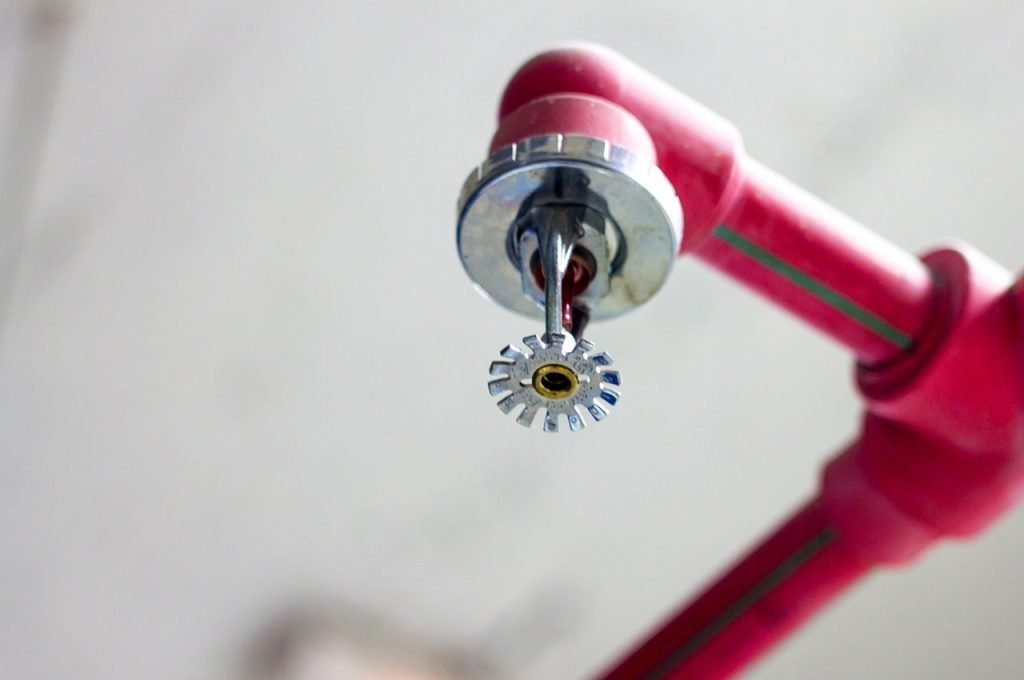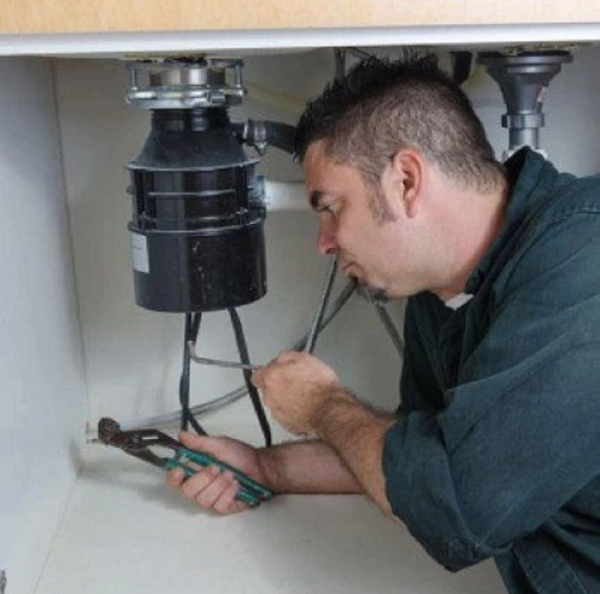The Importance of Fire Sprinkler Systems: Types, Installation and Services
A fire sprinkler system is a crucial component of a building’s fire protection system. they are designed to automatically detect and extinguish fires before they can cause significant damage or harm to people in the building. These systems consist of a network of pipes, valves, and sprinkler heads that work together to suppress and extinguish fires. In this article, we will discuss types of fire sprinkler, systems, their importance, installation, and services.
Contents
Types of Fire Systems
There are several types of sprinkler systems, including wet pipe, dry pipe, pre-action, deluge, and foam water. Each type of system is designed for a specific type of building or application.
1.Wet Pipe
A wet pipe is the most common type of system used in commercial buildings. It consists of a network of pipes filled with water that is under pressure. When a fire is detected, the heat causes the sprinkler heads to activate, allowing the water to flow and suppress the fire. This system is simple and reliable, but it may not be suitable for buildings in cold climates where the water in the pipes can freeze and cause damage.
2.Dry Pipe
A dry pipe is used in buildings where the pipes may be exposed to freezing temperatures. Instead of water, the pipes are filled with pressurised air or nitrogen. When a fire is detected, the air or nitrogen is released, and the water flows through the sprinkler heads to suppress the fire. This system takes longer to activate than a wet pipe system, but it is suitable for cold climates.
3.Pre-action
A pre-action fire sprinkler is a combination of a wet pipe and a dry pipe system. The pipes are filled with pressurised air or nitrogen, and the sprinkler heads are equipped with a valve that must be activated by a fire detection system before water is released. This system is used in buildings where water damage must be minimised, such as data centres or museums.
4.Deluge
A deluge is used in buildings where a large amount of water is needed to suppress a fire quickly. The pipes are filled with pressurised water, and all of the sprinkler heads are open. When a fire is detected, the system is activated, and water is released from all of the sprinkler heads simultaneously. This system is commonly used in industrial facilities, such as chemical plants or aircraft hangars.
you may also like to read: https://mediasjet.com/advantages-of-repairing-and-replacing-water-heaters/
Importance of Fire Sprinklers
they play a crucial role in protecting people and property from the devastating effects of fires. When a fire breaks out in a building, the sprinkler system detects the fire and activates the sprinkler heads closest to the fire. Water then sprays out of the sprinkler heads, suppressing the fire and preventing it from spreading. This quick response can significantly reduce the amount of damage caused by the fire and save lives.
they are also beneficial because they can operate independently of human intervention. In other words, even if no one is present in the building, the sprinkler system will activate and suppress the fire. This can be especially useful in buildings that are unoccupied at night or on weekends, when fires can go undetected for extended periods.
Installation of Fire Sprinklers
they are typically installed during the construction of a building. However, they can also be retrofitted into existing buildings. It involves several steps for installation
1. Design
The first step in the installation process is designing the system. This involves assessing the building’s size and layout, as well as identifying areas of higher fire risk. The design of the system must also comply with local fire codes and regulations.
2. Pipe Installation
The next step is installing the pipes that will carry water to the sprinkler heads. These pipes are typically made of steel or copper and are installed above the ceiling or in walls.
3. Sprinkler Head Installation
Once the pipes are in place, the sprinkler heads are installed. These are typically installed in the ceiling and are spaced out based on the design of the system.
4. Valve Installation
Valves are installed at various points in the system to control the flow of water. These valves are typically located in the basement or mechanical room of the building.
5. Water Supply
The final step is connecting the system to a reliable water source. This is typically the building’s main water supply.
Services for Fire Systems
Like any mechanical system, fire systems require regular maintenance and inspection to ensure that they are working correctly. Some of the services for fire sprinklers include:
1. Inspection
Regular inspections are essential for identifying any issues with the sprinkler system before they become serious problems. Inspectors will check for signs of corrosion, leaks, and other defects that could impact the system’s effectiveness. They will also verify that all components are in good working condition and up to code.
2. Testing
Periodic testing of the system is necessary to ensure that they will operate correctly in case of a fire. This includes testing the water flow, alarm systems, and pressure levels to ensure that the system is functioning properly.
3. Maintenance
Routine maintenance of fire sprinklers is critical for ensuring their longevity and reliability. This includes regular cleaning and lubrication of the system’s components, as well as replacing worn or damaged parts.
4. Repairs
In the event of a malfunction or damage to the system, repairs may be necessary to restore its functionality. it repair services can quickly address any issues and ensure that the system is fully operational.
Conclusion
They are crucial for ensuring the safety of buildings and their occupants. They come in different types, each with its unique features and advantages. From wet to dry to pre-action sprinklers, it’s important to choose the right type of sprinkler system that suits your building’s needs. Additionally, proper installation and maintenance of sprinkler systems are essential to ensure they function optimally in case of a fire emergency. To achieve this, it’s important to work with professionals who have experience and expertise in fire sprinkler systems installation and services.










